16 May


Temporary Floor Protection During Construction
When it comes to construction projects, protecting your floors is an often-overlooked yet crucial step. Whether you’re renovating a single room or building a new home, ensuring that your flooring remains unscathed can save you time, money, and frustration in the long run.
In this blog post, we’ll explore the importance of temporary floor protection, the various options available, and tips for choosing the right solution for your project.
Why Temporary Floor Protection is Essential
Construction sites are bustling with activity, and floors are particularly vulnerable to damage from heavy foot traffic, dropped tools, and spilled materials.
Temporary floor protection serves several vital purposes:
Preventing Damage: Protects against scratches, dents, and stains, keeping your flooring in pristine condition.
Safety: Reduces the risk of slips and falls by providing a stable walking surface.
Cost-Efficiency: Minimises repair or replacement costs by preserving the integrity of your flooring.
Cleanliness: Keeps floors clean, reducing the time and effort needed for post-construction cleanup.
Types of Temporary Floor Protection
There are several types of temporary floor protection materials available, each suited to different needs and types of flooring:
PAD-iT Builders Floor Protection: Ideal for hard surfaces like hardwood floors, tile, and laminates. An excellent temporary protection for timber floors and hard surfaces during construction and renovation. Explore our PADiT Floor Protection Rolls
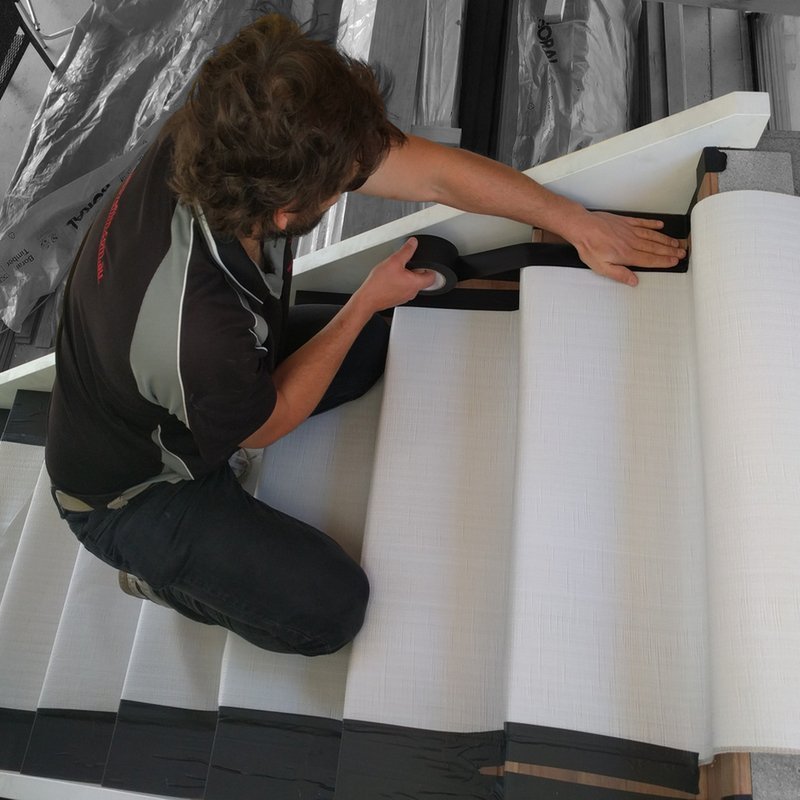
CORRI-BOARD 350 Floor Protection: A durable fluted plastic sheet that offers great protection against heavy impacts and can be used on various floor types. Check out our CORRI-BOARD Protection Sheets today!

CORRI-BUBBLE BOARD 1600 Ultimate Floor Protection: Needing the ultimate in floor protection?! then look no further, Corri-Bubble Board 1600 offers exceptional protection against anything that comes its way! A felt backing,fire-rated, 6mm high impact rating floor protector, find out here CORRI-BUBBLE BOARD 1600 Ultimate Floor Protection

BADGER Board: A heavy-duty option made from recycled materials, Badger Board is perfect for high-traffic areas and offers superior impact resistance. View our Badger Boards
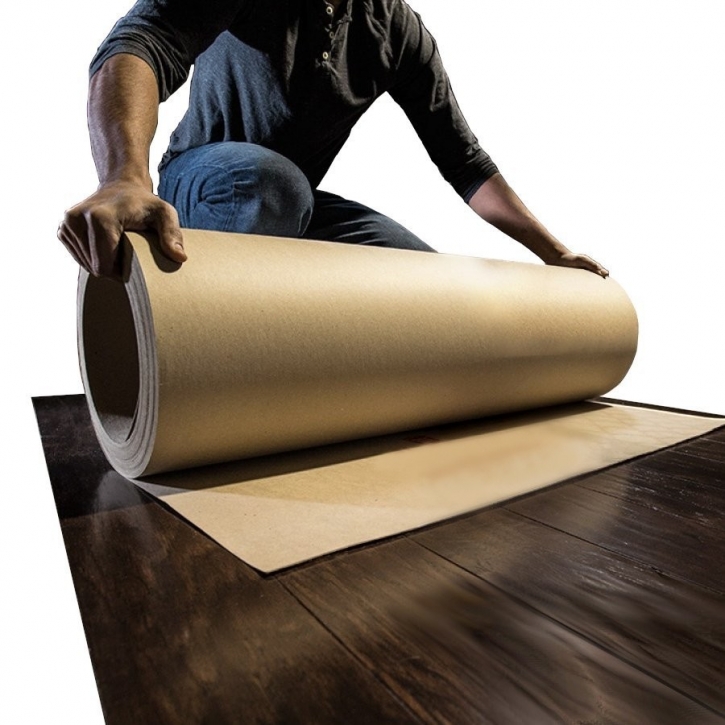
Carpet Protection Film: Specifically designed for carpeted floors, this clean removal adhesive film adheres to the carpet and prevents dirt and spills from penetrating the carpet fibers. See our Adhesive Carpet Protection Films
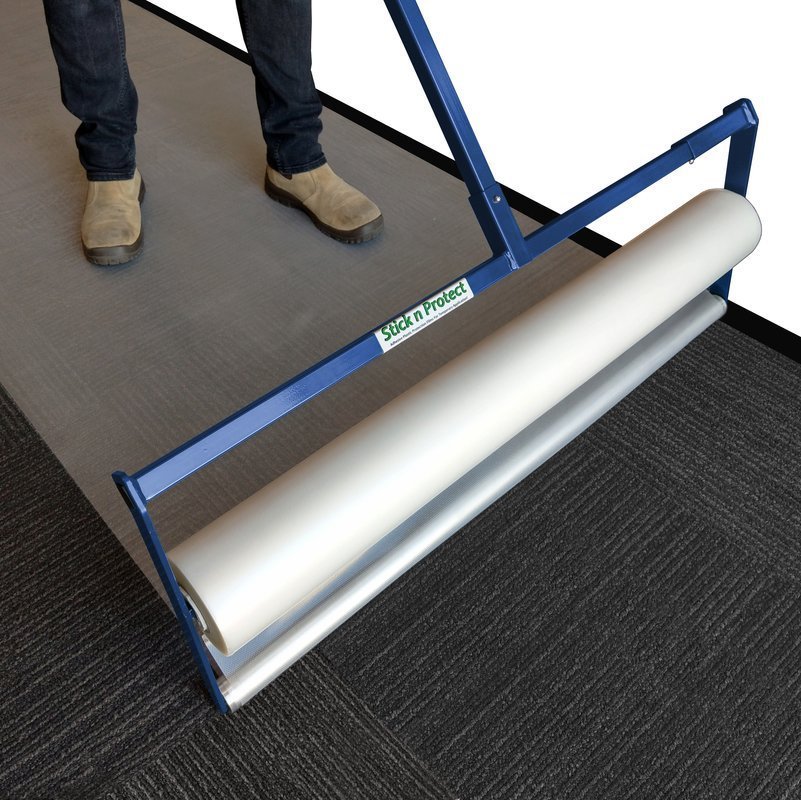
Poly Woven Rolls: A double laminated lightweight Tarpaulin type material known as Poly Tarp or Poly Weave. A reinforced polyethylene covering for carpets and floors during renovation and construction works and as rubbish removal sheeting. View our options for Polyweave here
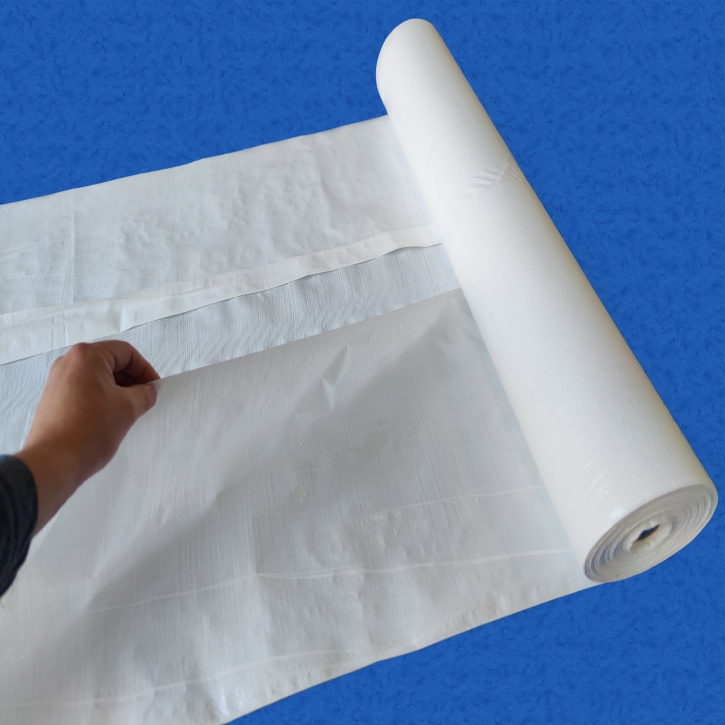
Choosing the Right Floor Protection
Selecting the appropriate floor protection depends on several factors:
Type of Flooring: Match the protection material to the flooring type (e.g., use carpet protection film for carpets and PADiT for hard surfaces such as timber and tiles
Duration of the Project: For long-term projects, consider durable materials like PADiT or Corri-Bubble Board.
Level of Foot Traffic: High-traffic areas require more robust protection to withstand constant use.
Ease of Installation and Removal: Choose materials that are easy to install and remove, especially for DIY projects.
Duration of the Project: For long-term projects, consider durable materials like PADiT or Corri-Bubble Board.
Level of Foot Traffic: High-traffic areas require more robust protection to withstand constant use.
Ease of Installation and Removal: Choose materials that are easy to install and remove, especially for DIY projects.
Tips for Effective Floor Protection
Clean the Floors First: Ensure the floor is clean and dry before applying any protective material to ensure proper adhesion.
Overlap Edges: When using rolls or sheets, overlap the edges to prevent gaps where dirt and debris can get through.
Secure the Edges for Clean Removal: For best results, first apply Bock Washi Premium Painters tape directly onto the floor surface. Then, use Filament Strapping Tape to secure the floor protection material by taping it to both the Bock Washi tape and the protective material itself. This will help prevent shifting and ensure easy removal.
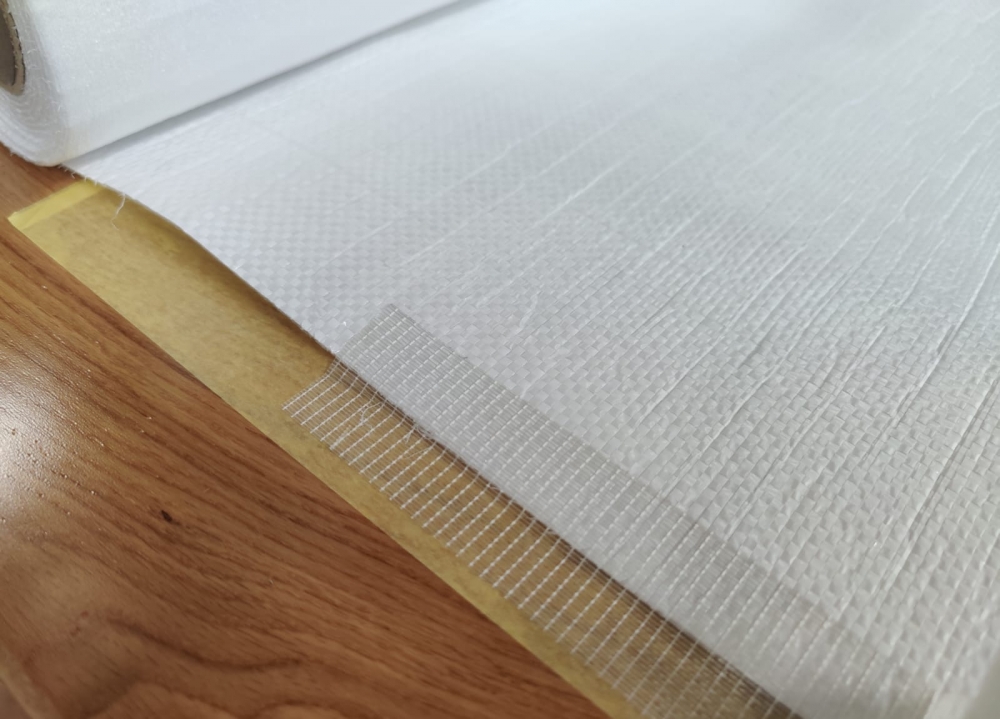
Regularly Inspect: Periodically check the condition of the floor protection and replace any damaged sections promptly.
Conclusion
Temporary floor protection is an investment that pays off by safeguarding your flooring during construction. By choosing the right materials and following best practices, you can keep your floors in excellent condition and avoid costly repairs. Whether you’re a professional contractor or a DIY enthusiast, taking the time to protect your floors will ensure a smoother and more efficient construction process.

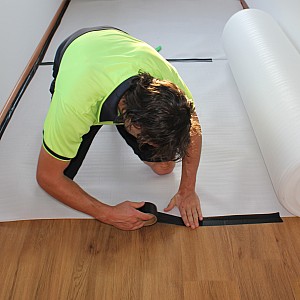
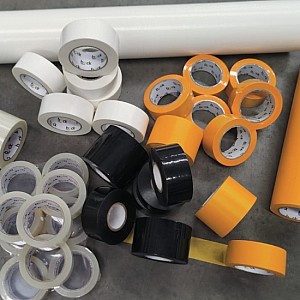
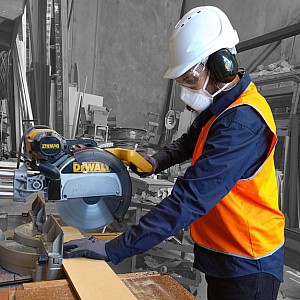
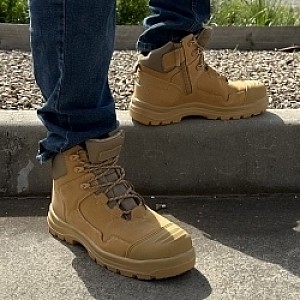
-300x300.jpg)
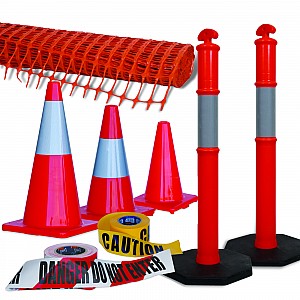
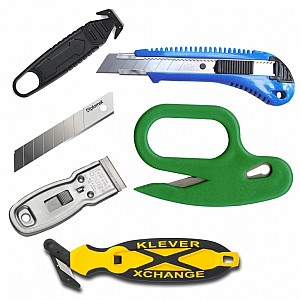
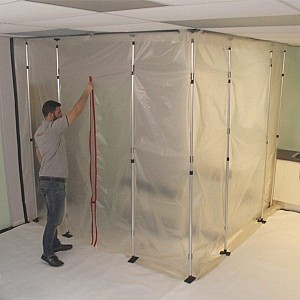
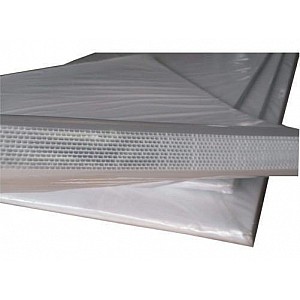
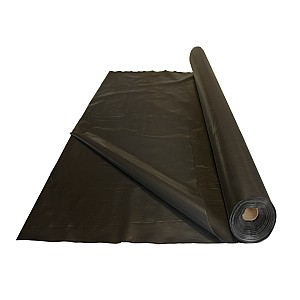
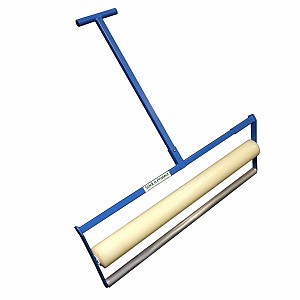
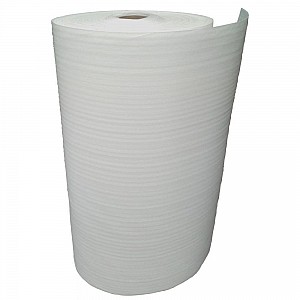
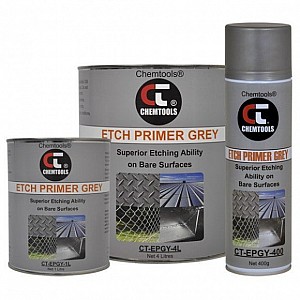
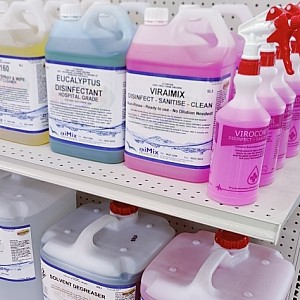
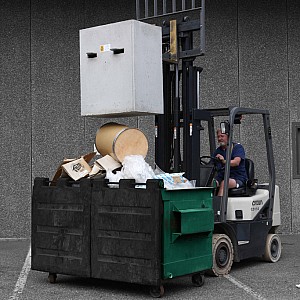
Leave a Comment